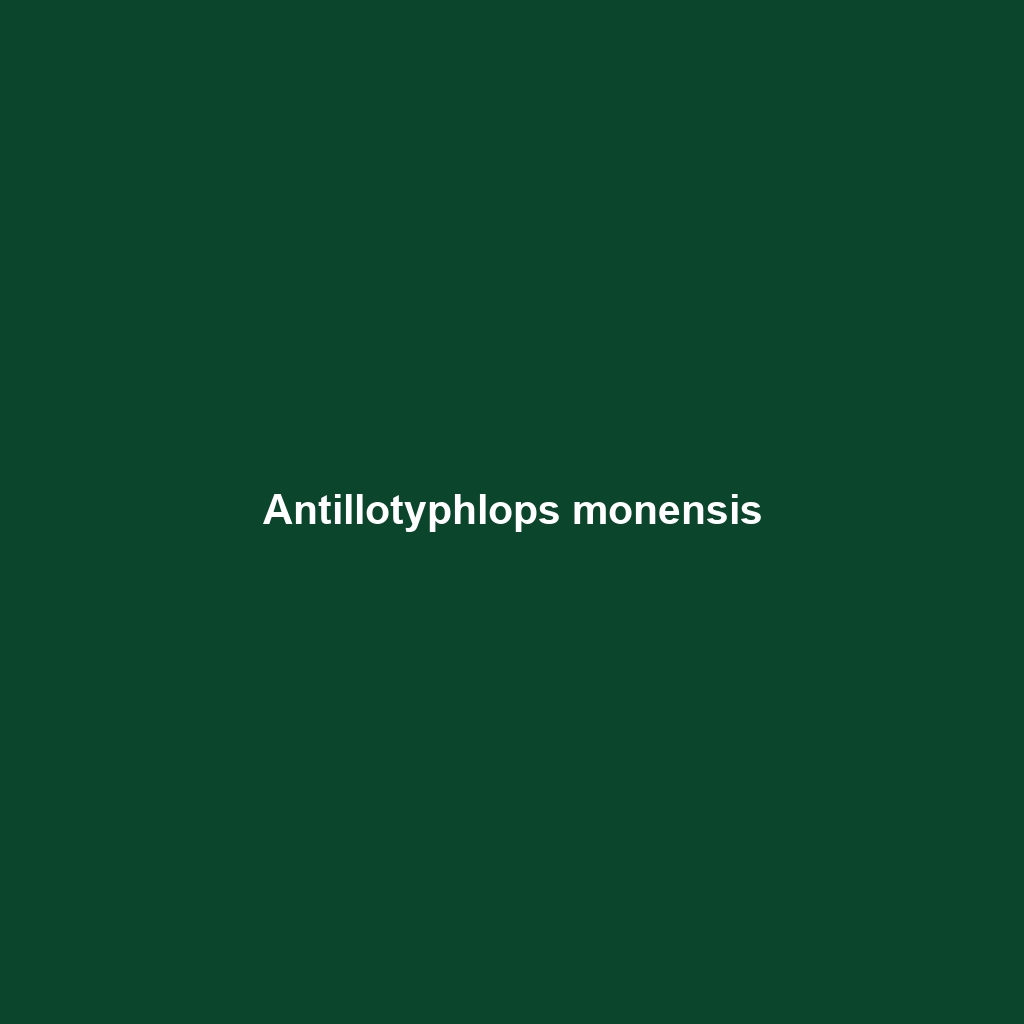Discover the Apostolepis niceforoi, a non-venomous snake native to the subtropical regions of South America, characterized by its slender body, striking dark and light banded coloration, and nocturnal behavior. This vulnerable species plays a vital role in its ecosystem by preying on small reptiles and amphibians, helping to maintain ecological balance.
Tag: reptile conservation
Apostolepis multicincta
Apostolepis multicincta, also known as the tropical snake, is a slender, non-venomous species native to the tropical forests of South America, characterized by distinct light and dark banding. Measuring between 60 to 120 cm, it primarily feeds on small reptiles and amphibians, playing a crucial ecological role as both a predator and prey.
Apostolepis christineae
Discover the unique Apostolepis christineae, also known as Christine's snail-eater, a slender, nocturnal snake native to the tropical rainforests of South America, featuring striking light brown to tan coloration with darker stripes. This vulnerable species plays a vital role in its ecosystem by controlling small reptile and insect populations while being a key prey for larger predators.
Apostolepis borellii
Introducing the Apostolepis borellii, a slender snake native to the temperate forests and shrublands of South America, primarily Argentina, Brazil, and Paraguay. With its light brown to gray coloration and distinctive bands, this nocturnal predator plays a key role in its ecosystem by regulating populations of small rodents, lizards, and amphibians.
Apodora papuana
Discover the Apodora papuana, or Papuan Carpet Python, a stunning rainforest inhabitant that grows up to 3 meters long, showcasing a striking pattern of dark browns and yellows. Known for its docile nature and arboreal hunting skills, this nocturnal predator plays a vital role in maintaining ecosystem balance in New Guinea.
Aparallactus turneri
Discover the intriguing Aparallactus turneri, a slender, nocturnal snake found in the subtropical regions of Eastern Africa, characterized by its distinctive brown and yellow striped pattern. This vulnerable species is a carnivorous predator that plays a vital role in its ecosystem while adapting its color for effective camouflage.
Aparallactus lunulatus
Discover the Aparallactus lunulatus, or half-moon snake, a medium-sized, nocturnal predator found in the savannas and grasslands of southeastern Africa. With distinctive dark brown or black scales and a diet of small vertebrates, this harmless species plays a crucial role in maintaining ecological balance.
Aparallactus lineatus
Discover the Aparallactus lineatus, or striped snake, a slender, nocturnal reptile native to sub-Saharan Africa, known for its distinctive dark stripes and secretive behavior. This fascinating predator primarily feeds on small vertebrates and plays a vital role in maintaining ecological balance within its habitat.
Apalone mutica
The Eastern Spiny Softshell Turtle (Apalone mutica) is a flattened, leathery-skinned turtle found in freshwater habitats across the central and eastern U.S., known for its spiny carapace edge and elongated snout. This species plays a vital role in the ecosystem by controlling invertebrate populations and thriving in sunny areas near rivers, lakes, and ponds.
Antillotyphlops naugus
Discover the Antillean blind snake (Antillotyphlops naugus), a unique burrowing snake native to the Caribbean, known for its slender body, small non-functional eyes, and diet consisting mainly of small invertebrates like ants and termites. This fascinating species plays a critical role in maintaining insect population balance within its tropical forest, garden, and urban habitats.









